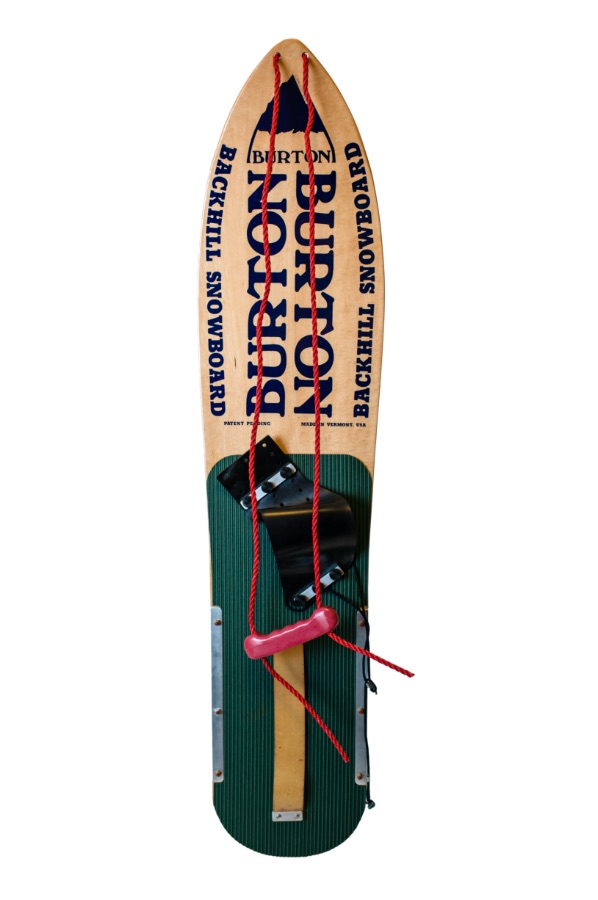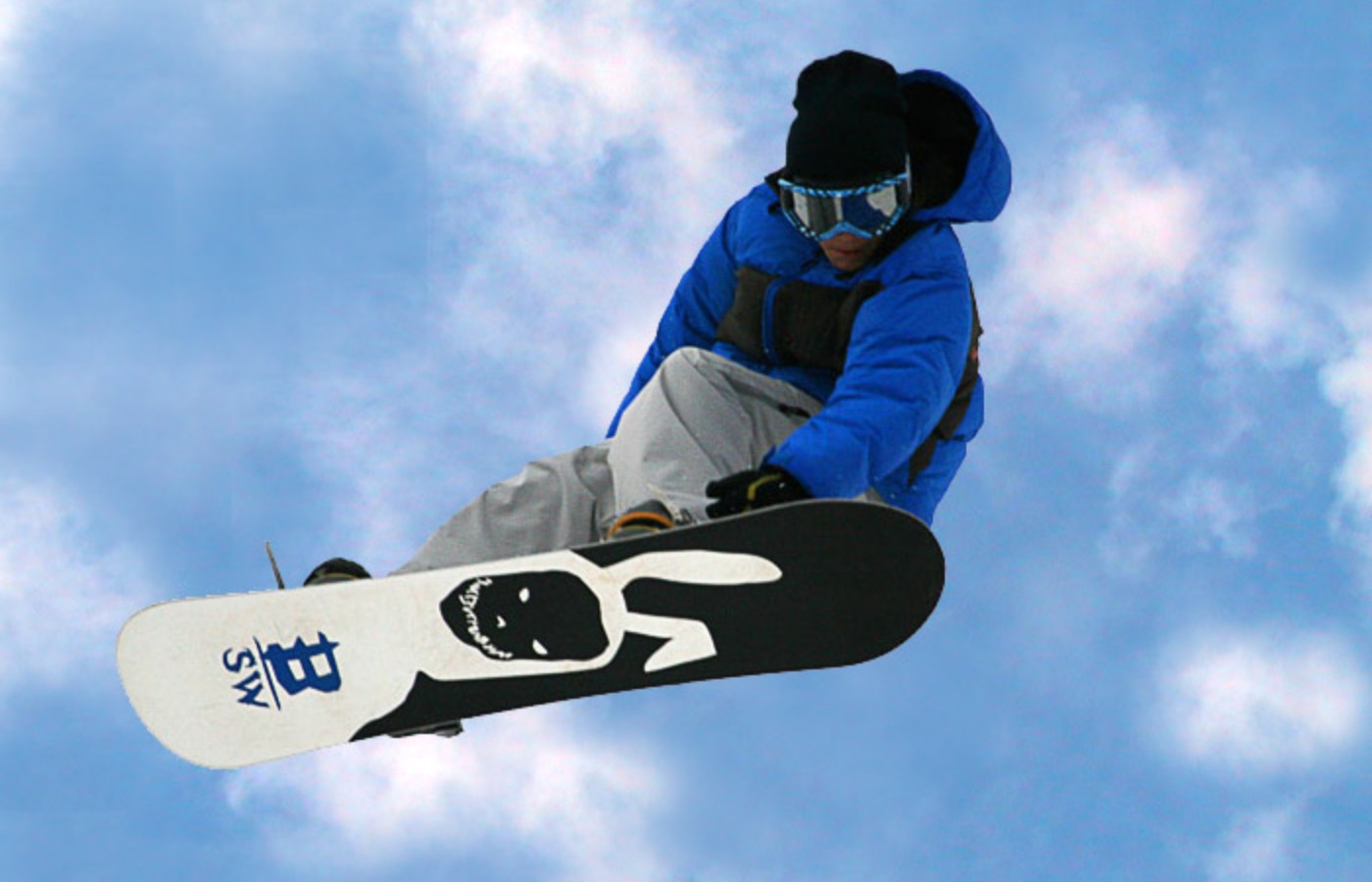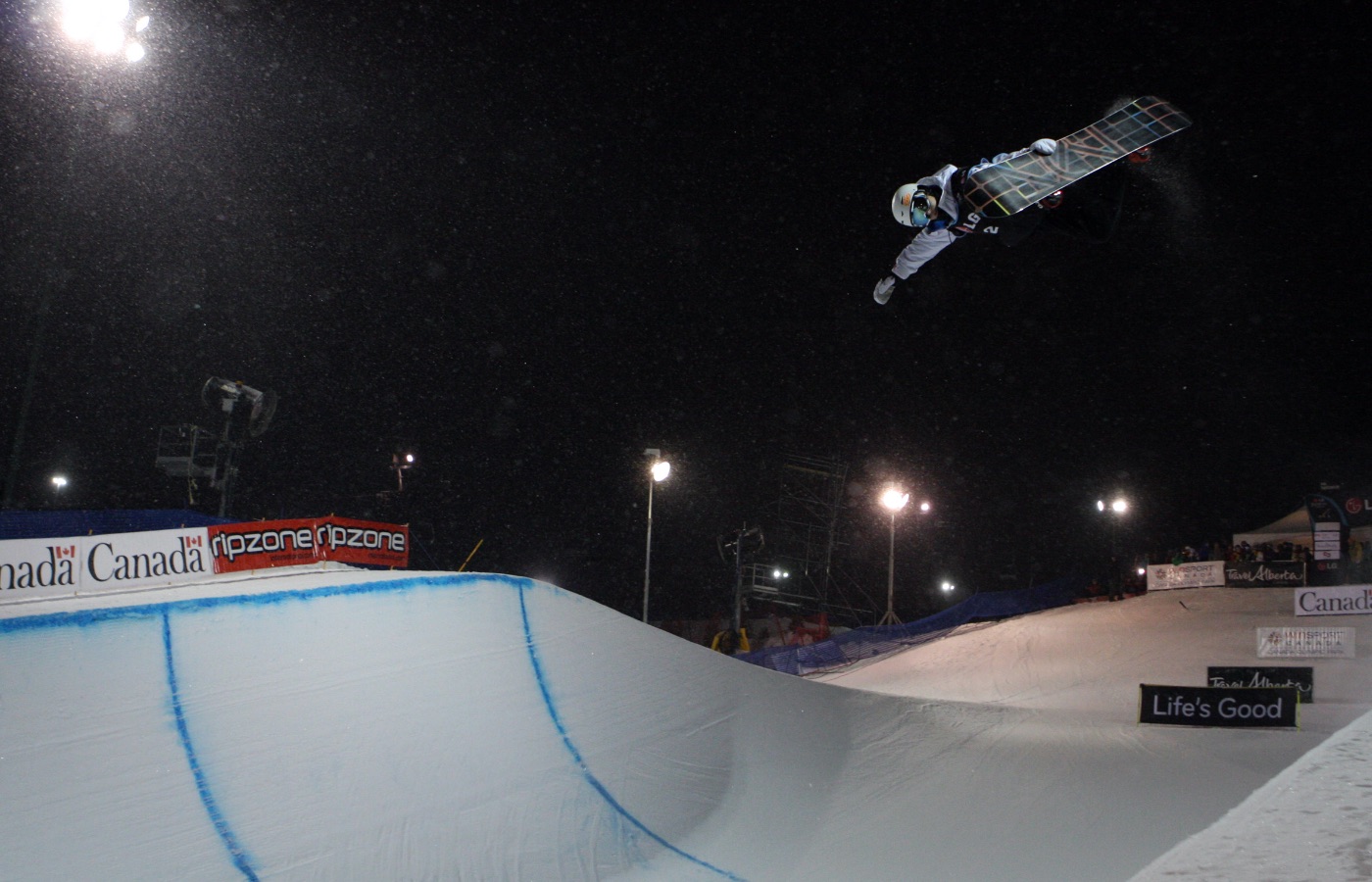Winter time is a favorite in the seasonal world. Time to dust off the winter gear and get to the nearest resort for some turns! Snowboarding is amongst the most popular winter sports out there and a favorite for us at VagaJobs. However, snowboarding is a relatively new sport, developed in the 1960s! The history of snowboarding is legendary and steeped in lore and controversy. Here’s a rundown of the newest board sport’s origin and how it became as popular as it is today.
The Early Days
There is undoubtedly debate surrounding the true origins of the sport. We find several different examples of early snowboard technology. M.J “Jack” Burchett fastened the first known semblance of a snowboard in 1929. Jack used a plywood plank with horse reign and a clothesline to shred down his local hills. Jack never made any push to market his new invention.
During the mid-1960s, a surfer by the name of Sherman Poppen came up with the first commercial conception of what is now a snowboard. Originally, Sherman invented the concept as a toy for his daughters, fashioning his original snowboard out of two skis put together. He soon had an epiphany and realized he might be on to something.
Sherman acted on his idea and created the Snurfer or the snow-surfer. His wife Nancy coined the term. The original snurfer had a curved up tip and a string attached to the tip to maintain some control over the device. The idea grew so popular that Sherman licensed the snurfer to a manufacturer by the Brunswick Corporation’s name. Brunswick marketed the toy heavily, and by 1966, half a million snurfers had been sold.
At nearly the same time as Sherman, an eighth-grader by the name of Tom Sim’s was busy in shop class creating a prototype of his own. Tom’s hair-brained schematic consisted of a plank of wood with aluminum bolted to the bottom and coated in candle wax to facilitate slidey-ness and carpet on top to ensure a concept of stability. The “Ski Board” was born. Tom was mostly just trying to skateboard year-round. To his delight, he certainly figured it out!
From Snurfer to Snowboard
After the snurfer came the Winterstick, an enhanced design by surfer Dimitrije Milovich. His winterstick included nylon straps for bindings, metal edges, and a laminated fiberglass board. While widely considered the first snowboard company, Winterstick did not stick, and the company went out of business very quickly.
The most meaningful innovations from the Snurfer and the catalysts for the modern snowboard we ride today was born out of a bitter rivalry. Tom Sims and Jake Burton spent the late 70’s at war with each other. Sims with his company Sims Snowboards and Jake Burton with Burton Boards would duke it out to control the industry. With the rivalry came fierce innovation. Ultimately, Burton Snowboards arose victorious, and became the largest and most profitable snowboard brand out there.
With the success of Jake Burton’s company, he began to seek inclusion for the new sport within the ski industry. Classically, ski resorts did not take kindly to the invention of the snowboard. Most seeing it as a toy, and not a viable vehicle for sliding downhill in a controlled fashion. In 1982, due in large part to Jake Burton’s efforts, Suicide Six Resort in Pomfret, Vermont was the first ski resort to allow snowboarding.
Snowboarding Becomes Mainstream
Shortly following the inclusion of snowboarding at Suicide Six Resort in Vermont, the first snowboarding competitions began to take place. In 1982, the first National Championships was healed on an icy run at Suicide Six. Jake served a large role in the beginning and fought relentlessly to market his brand and the new sport. By 1985, he had convinced Stratton Mountain to embrace snowboarding, and the first U.S. Open of Snowboarding event would debut that same year.
During that same time, Burton was honing in on the design that is accepted as the universal standard for snowboarding. His new design, the Performer Elite, would feature metal edges, a P-Tex base, and high back bindings. This design allowed for more control in icy and firm conditions normally found within bounds of the resorts that were slowly embracing the sport. Other brands started to emerge and grow as well, such as GNU and Kemper Snowboards.
Professional snowboarders also started to emerge on the scene. Riders like Terje Haakonson, Shaun Palmer, and Craig Kelly would make their names in the sport. With video-masterpieces such as Apocalypse Snow in 1983 and Board With The World in 1990, snowboarders were growing more popular by the minute.
In the early 1980s, resorts were reluctant to allow snowboarding. Some resorts required assessment tests to ride, others segregated skiers and snowboarders to different runs, and a few outlawed the sport altogether – even to this day. However, the sport was rising and gaining traction faster than any other alpine sport, and in 1985 forty of the top resorts in the United States allowed the sport. by 1990, 98% of open ski resorts allowed snowboarding. Today Alta in Utah, Wolf Creek in Utah, and Mad River Glenn in Vermont still prohibit snowboarding.
Current State Of The Sport
In 1998, snowboarding made its winter Olympic debut, and the sport grew steadily to its peak of over 8 million snowboarders in the U.S and Canada in 2010. That number has decreased slightly, with around 7 million strapping in during 2017. Snowboarding has largely been accepted as an equivalently popular sport as skiing, gaining mainstream acceptance.
With the invention of the Splitboard in the 2000s, snowboarders have taken the sport into the backcountry. Terrain for snowboarders that had not been previously accessed is now well accessible. The backcountry aspect of the sport has been seeing countless innovations in the current day and age. The invention of hard boots and new and innovative binding designs are being turned out to this day. Snowboarding is evolving like never before, and it’s a great time to be a rider!
In conclusion, snowboarding is one of the greatest feelings one can have in the winter environment. Nothing quite compares to a deep turn in bottomless powder. As ski resorts are seasonal, they offer one of the largest opportunities for winter work. We hope you take advantage of the seasonal jobs in the ski and snowboard industry, and we will see you on the slopes!




